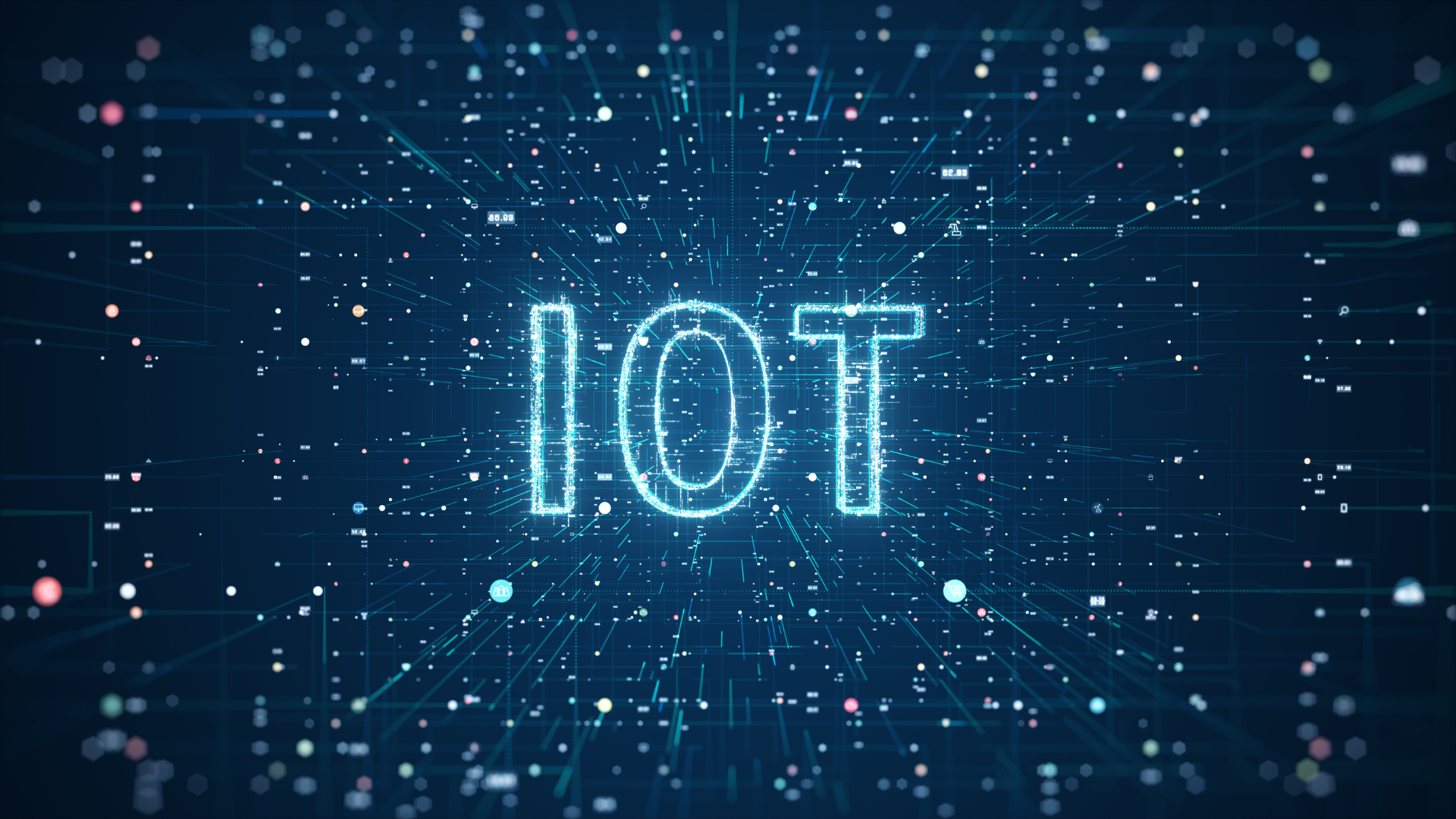Cellular IoT to Transform Global Retail by 2028

The retail industry is undergoing a seismic shift with the increasing adoption of cellular Internet of Things (IoT) technology. As the number of cellular IoT connections in retail reached 147.9 million worldwide in 2023, a new research report by Berg Insight forecasts the installed base to skyrocket to 217.7 million connections by 2028, growing at a compound annual growth rate (CAGR) of 10.0 percent. This transformation, driven by IoT-enabled devices such as POS terminals, ATMs, vending machines, and digital signage, is revolutionizing how retailers operate, interact with customers, and manage their resources.
Integrating cellular IoT into retail is the foundation of a smarter, more agile industry that leverages real-time data, remote monitoring, and intelligent automation to stay competitive. But what exactly does IoT mean for retail, and how is it reshaping the landscape? Let’s dive deeper.
The Role of IoT in the Retail Industry
Cellular IoT technology enables Internet access for retail devices such as POS terminals, vending machines, digital signs, and ticketing machines in locations where fixed-line access may not be possible or even impractical. This flexibility underpins the extension of retail operations into new geographies and business models in emerging markets.
POS terminals top the list, with 93 percent of all cellular IoT connections in the retail industry as of 2023. The market for wirelessly connected POS terminals is mature in many ways but will continue to grow in most areas as electronic payments become more widespread in developing economies. It is easier to establish new companies in a remote location, such as a pop-up shop, because cellular IoT connectivity is not necessarily dependent on the physical infrastructure. With the service that allows retail to process payments anywhere, it enables companies to get to new markets faster.
While, however, POS systems are still dominating the retail industry, this may change soon enough because the other retail sectors are closing the gap quickly. Vending machines and parking meters, for instance, should grow rapidly due to cellular IoT, which will support real-time data access and remote management. For these sectors, therefore, IoT is opening up new frontiers for transforming operations by providing insights that were previously out of reach.
Growth in the Retail Industry
Perhaps the most considerable growth opportunity for IoT-enabled devices in retail lies with vending machines. Currently, only 6.5 million out of the world's 14.8 million vending machines are online, but this will change soon. By 2028, it’s anticipated that most vending machines will be connected, driven by the increasing affordability of IoT devices and the convenience they offer.
Why is this important? The cellular IoT integration into vending machines allows businesses to have real-time monitoring of the stock and optimize the refilling schedule along with the predictive requirement of maintenance before the breakdown of machines. Data-driven systems reduce high downtime loss, reduce cost, and enjoy increased operational efficiency. The operator of the vending machine can also use the IoT to track consumer purchasing patterns, which enables dynamic pricing or targeted promotions to increase sales.
Similarly, the parking industry has been an early adopter of cellular IoT. Currently, around 67 percent of the 652,000 multi-space parking meters around the world are connected using cellular networks. Penetration in this segment is likely to increase steadily going ahead with almost all new deployments of multi-space meters requiring connectivity. This gives municipalities as well as private operators real-time data related to the usage of parking to enhance the management of parking spaces, optimize pricing models, and enforce regulations better.
Single-space parking meters have been slower to adopt IoT, with only 16 percent of the global inventory connected as of 2023. However, in North America, connected single-space meters recently began ramping up very quickly, with mixed deployments of single-space and multi-space meters becoming increasingly common. The share of connected single-space meters is forecasted to grow 32 percent by 2028, a growing trend toward totally connected, smart parking systems.
Although cellular IoT in digital signage remains a niche market, it’s expected to grow steadily, particularly in high-demand applications like AI and 3D analytics. Digital signs with IoT capabilities can display targeted advertising, collect data on viewer engagement, and even adjust content in real-time based on environmental factors like weather or foot traffic. This level of interactivity and responsiveness is pushing retailers to explore more immersive and personalized customer experiences.
However, due to higher costs associated with cellular IoT connectivity, the adoption of this technology in digital signage is likely to remain limited to premium installations and high-traffic areas for now. Nevertheless, the potential is vast, especially with the rise of 5G technology, which could make the deployment of IoT-enabled digital signage more practical and affordable over time.
The Barriers to Full IoT Adoption
While the growth of cellular IoT in retail is promising, there are still barriers to widespread adoption. One of the key challenges is organizational. As Felix Linderum, IoT Analyst at Berg Insight, notes, “The organizational change needed to get the maximum benefits from vending telemetry is probably the largest remaining barrier to widespread adoption.”
Many retail businesses are still grappling with how to integrate IoT into their operations. The technology is available, and costs have come down significantly, but maximizing the benefits of IoT requires a shift in mindset and processes. For instance, adopting IoT means moving from reactive to proactive maintenance, using predictive analytics to prevent failures before they occur. It also means leveraging real-time data to make decisions, whether it’s optimizing product placement, adjusting inventory, or tailoring customer experiences based on behavior and preferences.
This shift requires investment not just in technology but also in training and change management. Retailers that embrace this transformation will stay ahead of the curve.
Way Ahead
Looking ahead, the future of IoT in retail is bright. The technology is expected to play a crucial role in enhancing customer experiences, streamlining operations, and opening up new revenue streams. As costs continue to fall and IoT solutions become more sophisticated and easier to deploy, we can expect to see even more innovative applications of IoT in retail.
From smart shelves that monitor stock levels to AI-driven personalization engines that offer customized recommendations to shoppers in real-time, IoT is set to become the backbone of a more intelligent, connected retail ecosystem. Retailers that invest in IoT now will be better positioned to meet the demands of tomorrow’s consumers. As Berg Insight’s report highlights, the retail industry is on the cusp of a major transformation, and those who seize the opportunity will reap the rewards.
Don't miss out on the latest trends and technological breakthroughs. Subscribe to our page today for more in-depth analysis, expert opinions, and cutting-edge tech news. Whether it's IoT, AI, or emerging retail technologies, we've got you covered.




